Due to the height-weight approach to sizing taken by many brands, this study finds the answer is probably NO.
We look at a study by J. Hill et al, called The variation in pressure exerted by commercially available compression garments. It is a comprehensive review of how garments made by the leading compression wear brands exert pressure. It was published by the International Sports Engineering Association in 2015.
The authors find that many people, using compression garments to enhance their performance or recovery, are not getting adequate levels of pressure to realise the available benefits.
Furthermore, even the same brand of garment will apply highly variable levels of pressure across a population of customers even if those customers are diligently following the sizing guidelines.
The research team recognise a mixture of evidence, in the existing literature, on the benefits of compression for performance or for recovery after strenuous exercise. However, the level of compression exerted in the garments in these studies is largely missing.
The authors consider this missing information to be important detail. As they built towards their own conclusions on the optimum level of compression to secure the associated recovery benefits, they sought to measure the variation in garment pressure. The available research suggested the compression required to be at least 17.3 mmHg and 15.1 mmHg at the calf and quadricep, respectively.
The research team observe that the approach to garment size selection offered by the leading off the shelf brands – determined by a customer’s height and weight – is imprecise. It does not account sufficiently for the variation in limb size and muscle structure which is highly likely to affect the fit.
Given the variation in the range of compression being exerted, the research team highlight a possibility that whilst many people are receiving insufficient pressures a few may be receiving excessive pressures.
This research was split into 2 parts.
The first looked at 50 healthy and physically active individuals (exercising a min of 3 times per week) who wore 2XU compression garments according to the manufactures size guidelines. The level of compression pressure was measured and compared to the ‘ideal’ pressure levels proposed to deliver the best recovery outcomes by the research.
The pressure levels experienced by the participants was significantly different from ideal pressures for females at the calf (by -19.7% across the population) and the quad (by -47%) and for males at the quad (by -34.4%). Whilst the measure for men at the calf was not significantly different from the ideal pressure levels (-2.9%), the range of individual’s recorded pressures was large.
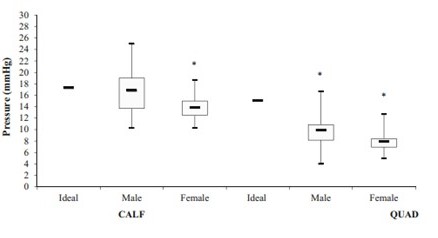

The second part looked at the compression pressure exerted by three different brands (A = 2XU, B = Skins, C = Linebreak) to identify whether some brands performed better than others with their approach to sizing and the compression realised.
Across a population of 29 men who all measured “medium” in the brands sizing guide, there was no significant difference between pressures exerted by the different brands either at the quad or at the calf. No brand performed better than the others.
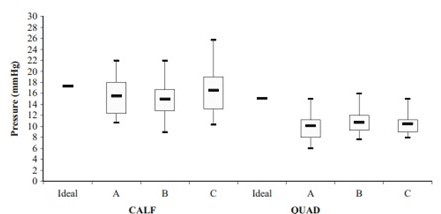
The authors encourage that compression levels be measured in future studies. They suggest that consideration be given to more precise fit and that further studies be undertaken to evaluate what pressure levels are most beneficial for recovery and performance.
[Link to Blogs]
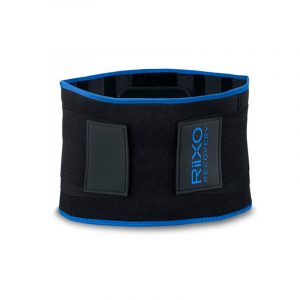

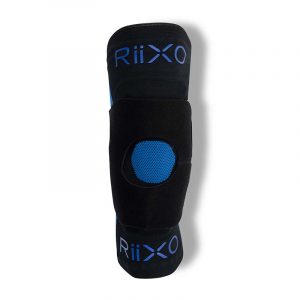

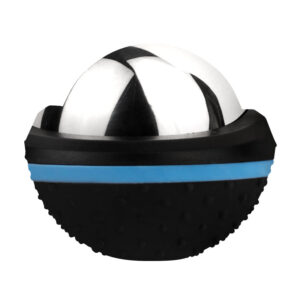
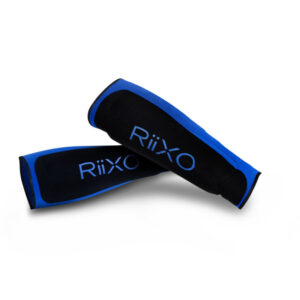
 Cracking The Injury Risk Equation
Cracking The Injury Risk Equation
 LJMU Study Findings
LJMU Study Findings
 What are shin splints?
What are shin splints?
 How to treat shin splints [2021]
How to treat shin splints [2021]
No Thanks – I’ll pay full price
Close Window
Close Window
[…] Compression garments are widely available. Click here to know if yours is fit for purpose. […]